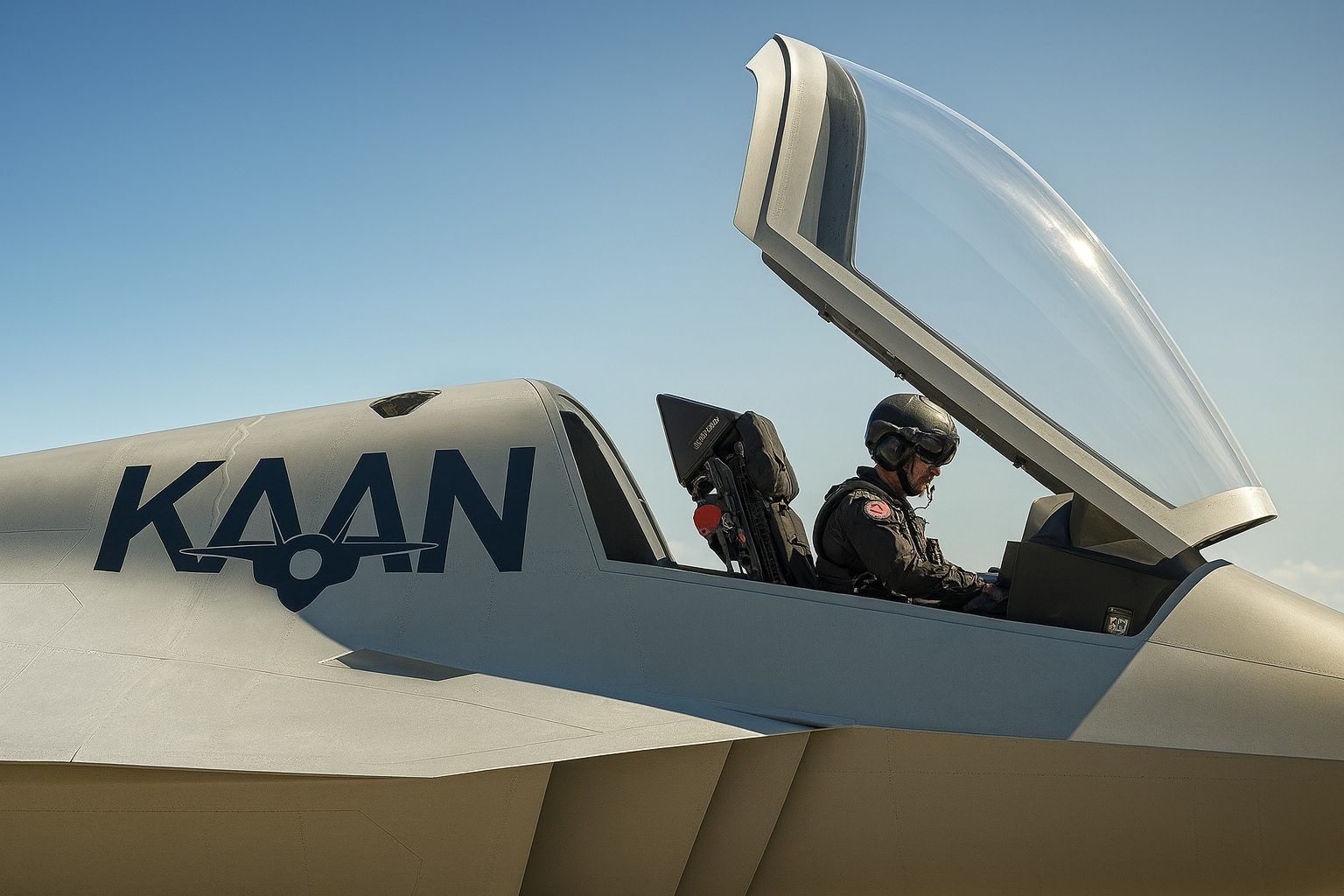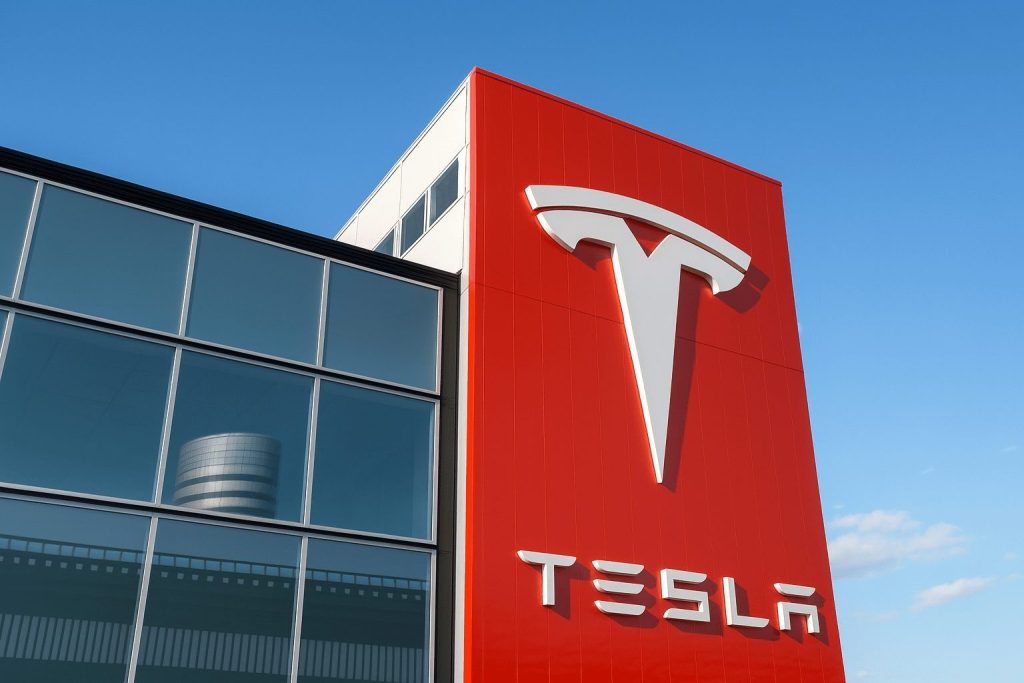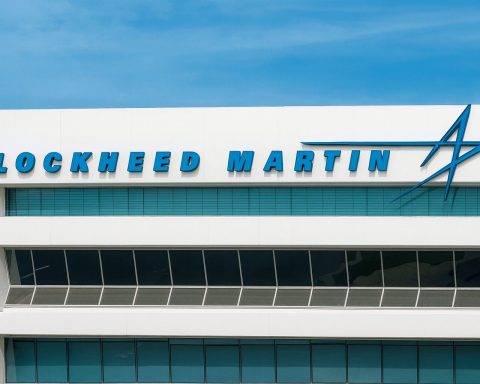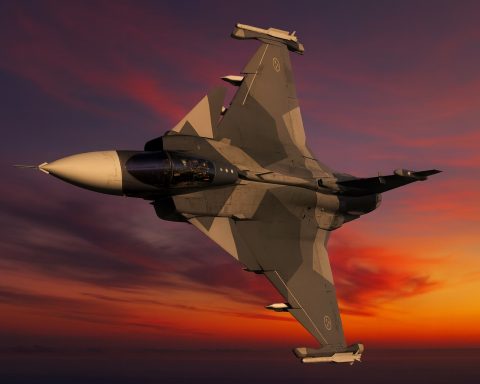ANKARA – 24 November 2025 – Turkey’s flagship KAAN fifth‑generation stealth fighter is back in the headlines today, and not just for its technical milestones. A wave of new analysis and reporting is exposing a sharp divide between Ankara’s official optimism and growing international concern over how “indigenous” – and how vulnerable – the program really is. [1]
At the same time, fresh Eurofighter Typhoon deals with Britain, Qatar and other partners are rapidly reshaping Turkey’s air‑power roadmap, effectively buying Ankara time until KAAN can move from prototypes to frontline squadrons. [2]
What’s New Today on 24 November 2025?
Two developments stand out in today’s coverage:
- A blistering op‑ed on KAAN’s dependence on foreign permission
EurAsian Times has published a detailed opinion piece arguing that KAAN is a “jet built on permission, not power.” The author notes that every KAAN prototype – and every early production jet – is powered by U.S.-made General Electric F110 engines, which are subject to American export licences and CAATSA sanctions. Without approvals from Washington, serial production cannot truly begin. [3] The article cites Turkish Foreign Minister Hakan Fidan’s own admission, reported in late September, that the F110 engine licence is “stuck” in the U.S. Congress – a political bottleneck that could halt deliveries not only to the Turkish Air Force but to any export customer. [4] - Eurofighter Typhoons locked in as the bridge to the KAAN era
A new report from Aero News Journal confirms that Türkiye has now secured Qatar’s fleet of up to 24 Eurofighter Typhoon Tranche 3A jets, complementing its October contract with the UK for 20 new‑build Typhoons worth around £8 billion (about $10.7 billion). [5] Taken together with an in‑depth feature published today by War Wings Daily, the picture is clear: modern Eurofighters – many equipped with AESA radar and Meteor long‑range missiles – will serve as Turkey’s “interim backbone” while KAAN moves toward operational readiness at the end of this decade. [6]
Ankara’s Message: “KAAN and Its Engine Are on Schedule”
Against this backdrop of concern, Turkish officials are doubling down on a consistent message: the KAAN program is progressing as planned.
Recent reports from Caspian Post and Caliber.az, both drawing on comments by National Defense Minister Yaşar Güler in response to a parliamentary question, underline three official talking points: [7]
- Airframe development and production are on track, led by Turkish Aerospace Industries (TUSAŞ).
- Work on a domestically produced engine is moving forward in parallel, with timelines described as “in line with schedule.”
- KAAN is still expected to enter operational service around 2028, following its maiden flight in February 2024 and a second test flight in May 2024.
The Caspian Post piece also reiterates what Ankara wants foreign audiences to remember about KAAN: it is a fifth‑generation, multi‑role fighter designed with low radar signature, high manoeuvrability, AI‑enhanced avionics and advanced network‑centric warfare capabilities – not simply a political symbol, but a platform intended to anchor Turkey’s air combat fleet into the 2030s. [8]
The Engine Question: “Permission, Not Power”
Where today’s op‑ed and official statements collide is on the issue of propulsion – the heart of the program and its biggest vulnerability.
Still flying on foreign engines
Multiple sources, including Turkish media and independent analysts, now agree on several key facts: [9]
- All current KAAN prototypes use two GE F110 engines, the same family of engines found in many F‑16s.
- These engines fall under U.S. export control frameworks, including CAATSA sanctions, meaning each new engine – or spare part – effectively requires Washington’s permission.
- Turkish officials have publicly acknowledged that KAAN “still depends on foreign engines” for now, even as they insist a Turkish‑made alternative is on the way. [10]
The EurAsian Times op‑ed argues that this creates a structural “veto point” in the supply chain: any political crisis between Ankara and Washington could stall KAAN deliveries or ground fleets in Turkey and abroad.
TF-35000: the homegrown answer, but on a long clock
On the other side of the debate is the TF‑35000, the homegrown high‑thrust turbofan being developed by TUSAŞ Engine Industries (TEI) and partners.
A detailed June report from Caliber.az, based on statements by TEI leadership, outlines the plan: [11]
- The TF‑35000 is designed to generate around 35,000 pounds of thrust, tailored specifically for KAAN.
- Early tests are expected to begin around 2026, focusing on advanced superalloys, cooling technologies and thermal barrier coatings.
- The target is integration into KAAN around 2032, meaning early production blocks – and likely the program’s first export jets – will still rely on the U.S.-built F110.
The op‑ed’s core warning is that fighter engines do not mature on political timelines. Even if Turkey hits its ambitious 2032 target, engineers will still need years of redesigns, stress testing and real‑world operations before a fully sovereign propulsion solution can be considered truly reliable.
Eurofighters as the Strategic Bridge to KAAN
Today’s Eurofighter headlines make one thing obvious: Ankara does not intend to wait for KAAN to solve all of its air‑power problems.
Big-ticket Typhoon deals
Over the past month, Turkey has stacked up multiple Eurofighter moves:
- 20 new‑build Eurofighter Typhoons from Britain, in a deal Reuters values at £8 billion. [12]
- Plans to acquire 24 additional Typhoons (12 each) from Qatar and Oman, some of them lightly used, to cover immediate needs. [13]
- A separate track for Qatar to transfer up to 24 of its Tranche 3A Typhoons, confirmed by Turkish and Qatari statements and widely reported in specialist defence media. [14]
Analysts at Defence Security Asia and Aero News Journal describe these Qatari jets as some of the most advanced Typhoons in service, featuring: [15]
- Captor‑E AESA radar
- Meteor beyond‑visual‑range air‑to‑air missiles
- The Praetorian defensive aids suite
- Multi‑role “Phase 3 Enhancement” strike upgrades
A bridge, not a replacement
War Wings Daily’s piece published today is blunt: these Eurofighters are a “bridge” until KAAN enters service with initial operational capability around 2028. [16]
The logic is straightforward:
- Turkey’s F‑16s and remaining F‑4s are ageing fast.
- F‑35 access is still blocked after the S‑400 dispute.
- KAAN will not be available in large numbers before the early 2030s.
Eurofighters, in this view, keep Ankara competitive with Greek Rafales, Israeli F‑35s and other regional fleets while the domestic stealth jet matures. [17]
Critics, however, argue that this strategy risks locking NATO deeper into a long‑term relationship with Ankara at a moment when many allies remain uneasy about Turkey’s regional ambitions and its operation of Russian S‑400 systems. Breaking Defense, for example, frames the Eurofighter sale as “a win for industry, a loss for strategy,” warning it could undermine alliance cohesion. [18]
Export Ambitions: Indonesia Today, Egypt and Spain Tomorrow?
Despite the engine controversy, KAAN is already breaking into the export market – at least on paper.
Indonesia: first official export customer
In July, Indonesia signed an implementation contract at the IDEF 2025 defence fair to buy 48 KAAN fighters, including co‑production and technology transfer arrangements. [19]
For Jakarta, the deal is about more than aircraft:
- Diversifying away from a mix of Russian and Western fighters
- Gaining access to next‑generation design and manufacturing
- Building a long‑term industrial partnership with Türkiye
But, as today’s op‑ed stresses, most of those Indonesian jets will likely be F110‑powered for many years, leaving their availability subject to U.S. export approvals — a political risk Jakarta will have to weigh carefully. [20]
Egypt and Spain: signals, not certainties
Several reports over the past year suggest that:
- Egypt has been approved in principle to join the KAAN program, with co‑production elements and a potential memorandum of understanding slated for late 2025, though Ankara has not formally confirmed the arrangement. [21]
- Spain is exploring KAAN as a future option after shelving its F‑35 ambitions, as it juggles participation in the Franco‑German‑Spanish FCAS program with the need for near‑term capability. [22]
Gulf states, particularly the UAE and Saudi Arabia, are also frequently mentioned by analysts as potential KAAN customers seeking alternatives to U.S. fighters constrained by export politics. [23]
For all of them, the calculus is similar:
Do the industrial benefits and political flexibility offered by buying “non‑Western” – but still largely Western‑supplied – technology outweigh the risks of being tied to U.S. engine licences and European subsystems?
How “Indigenous” Is KAAN Really?
Ankara markets KAAN as the symbol of a new era in defence autonomy, and there is no doubt that the program represents a major leap for Türkiye’s aerospace industry.
Yet several open sources – including today’s EurAsian Times op‑ed and technical reporting from Caliber.az and others – highlight how international the platform still is: [24]
- The airframe was co‑designed with BAE Systems in the UK, embedding British know‑how and design tools into the project.
- Early avionics, sensor frameworks and test instrumentation rely on European and U.S. suppliers, at least until more domestic substitutes are fielded.
- The current engines are American; the future TF‑35000 will itself use materials and manufacturing technologies sourced globally.
Critics draw a parallel with the Bayraktar TB2 drone, which was initially dependent on Austrian engines and Canadian optics until export restrictions forced rapid localisation. KAAN magnifies that dependency from tactical drones to the strategic backbone of Turkey’s air force – and, potentially, those of its customers. [25]
Supporters respond that no modern fighter is 100% indigenous, not even the F‑35 or Rafale, and that what matters is the degree of control over critical technologies. From that perspective, gradually replacing imported subsystems with Turkish ones – starting with the engine – is more important than eliminating foreign content altogether.
Key Milestones to Watch After 24 November 2025
For readers tracking whether KAAN becomes a true pillar of Turkish and allied air power – or remains constrained by foreign vetoes – several milestones will be crucial over the next decade:
- 2026–2027:
- 2028–2029:
- Planned delivery of roughly 20 “Block 10” KAAN aircraft to the Turkish Air Force, marking true initial operational capability if timelines hold. [28]
- 2030–2032:
- Arrival of new‑build Eurofighters from Britain (first deliveries currently expected around 2030), further closing the capability gap. [29]
- Target date for integrating TF‑35000 into KAAN, potentially freeing the program from U.S. engine licences – assuming the domestic engine proves reliable in service. [30]
- Mid‑2030s:
- Turkish planning documents and specialist analyses envision a fleet of 100+ KAAN fighters in service, with some estimates exceeding 250 jets by 2040 if exports to Indonesia, Egypt and others mature. [31]
Each slip – whether in engine testing, Eurofighter deliveries or export approvals – will feed back into the debate now playing out in today’s articles: is KAAN the path to strategic autonomy, or a sophisticated platform still chained to foreign permission?
Bottom Line
On 24 November 2025, Turkey’s KAAN program sits at a delicate intersection of technology, geopolitics and industrial ambition:
- Officially, both the fighter and its indigenous engine are “on schedule”, with service entry targeted for 2028 and a local powerplant planned around 2032. [32]
- In practice, U.S. engine licences, European subsystems and NATO politics still define much of KAAN’s near‑term future. [33]
- Eurofighter Typhoons – both newly ordered and transferred from Qatar and potentially Oman – are rapidly becoming the real bridge that will keep Turkish air power competitive while KAAN grows up. [34]
- Export partners like Indonesia, and prospective ones like Egypt and Spain, must now decide whether the benefits of joining the KAAN ecosystem outweigh the very real exposure to U.S. and European vetoes. [35]
Whether KAAN ultimately becomes a symbol of Turkish sovereignty or of lingering dependency will not be decided in one headline cycle. But today’s mix of celebratory official statements, sceptical op‑eds and hard‑nosed Eurofighter deals shows that the battle between “permission” and “power” is now at the heart of Turkey’s fighter‑jet future.
References
1. www.eurasiantimes.com, 2. www.aeronewsjournal.com, 3. www.eurasiantimes.com, 4. www.eurasiantimes.com, 5. www.aeronewsjournal.com, 6. warwingsdaily.com, 7. caspianpost.com, 8. caspianpost.com, 9. caliber.az, 10. www.turkishminute.com, 11. caliber.az, 12. www.reuters.com, 13. www.reuters.com, 14. defencesecurityasia.com, 15. defencesecurityasia.com, 16. warwingsdaily.com, 17. warwingsdaily.com, 18. breakingdefense.com, 19. defensemirror.com, 20. www.eurasiantimes.com, 21. www.turkiyetoday.com, 22. thedefensepost.com, 23. caliber.az, 24. www.eurasiantimes.com, 25. www.eurasiantimes.com, 26. theaviationist.com, 27. caliber.az, 28. www.eurasiantimes.com, 29. www.reuters.com, 30. caliber.az, 31. defencesecurityasia.com, 32. caspianpost.com, 33. www.eurasiantimes.com, 34. www.aeronewsjournal.com, 35. defensemirror.com










